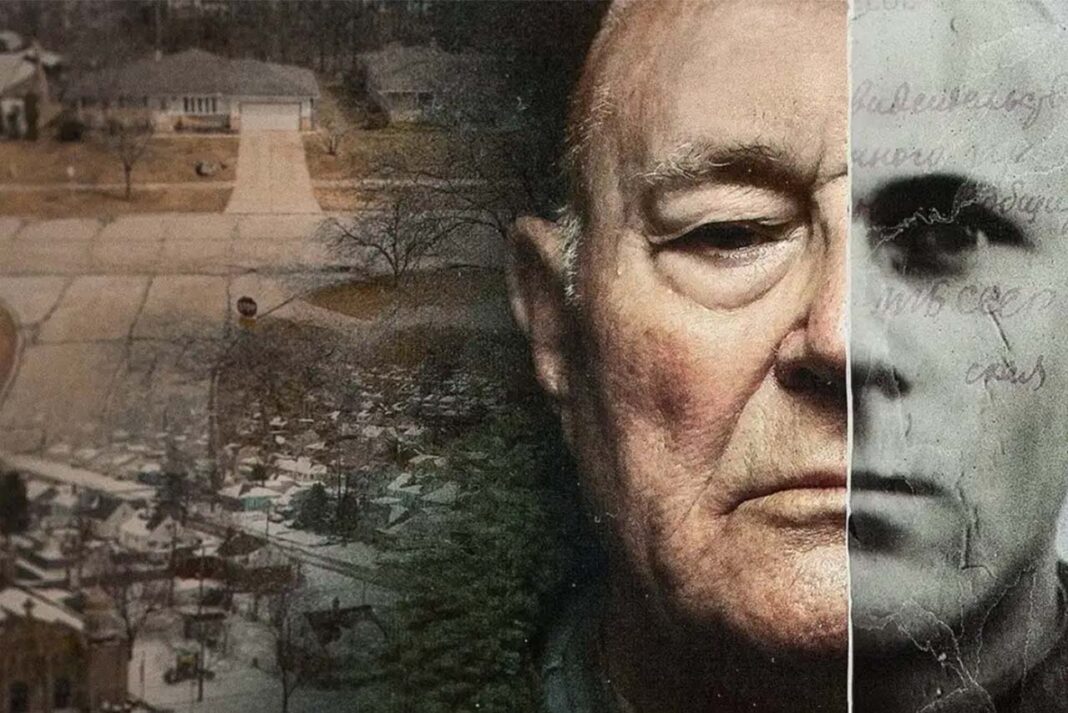In recent years, true crime documentaries have gained significant popularity on digital platforms and television. These productions, ranging from serial killers to organized crime, not only provide information but also elicit strong curiosity and attention from viewers. Understanding the psychological foundations that drive people to witness disturbing events is important for explaining both individual behaviors and societal trends.
Morbid Curiosity
One of the most important concepts in explaining viewers’ engagement with true crime documentaries is morbid curiosity. Morbid curiosity refers to the cognitive and emotional interest that people have in phenomena such as death, violence, danger, and traumatic events, which would normally evoke fear and disgust (Scrivner, 2021). From an evolutionary perspective, morbid curiosity serves an adaptive function: it allows individuals to acquire information about potential threats, increasing their chances of survival.
This curiosity enables individuals to approach frightening content from a safe distance. The Morbid Curiosity Scale developed by Scrivner (2021) measures the level of interest people have in such content and explains the appeal of narratives featuring crime, violence, and death. Morbid curiosity is closely linked not only to fear but also to learning, gaining control, and understanding the boundary experiences of others.
Experiencing Danger from a Safe Distance
True crime documentaries allow individuals to confront frightening or disturbing realities without direct exposure. This can be described as “experiencing danger from a safe distance.” Clasen, Kjeldgaard-Christiansen, and Johnson (2020) emphasize that fear-inducing content simulates threats, providing viewers with an emotional rehearsal that functions in anxiety management. Viewers experience events that would be traumatic in real life within controlled boundaries on screen.
Fear, Excitement, and Adrenaline
Watching true crime documentaries triggers both anxiety and pleasure in the viewer’s brain. According to Zuckerman’s (2007) sensation-seeking theory, humans are naturally drawn to situations involving risk, danger, and uncertainty. True crime documentaries satisfy this need in a safe environment, stimulating fear and tension while simultaneously increasing excitement through dopamine release.
Moreover, such content fosters a subconscious sense of “controlling danger.” Viewers follow crime and violence scenarios on screen that they would never encounter in real life, experiencing fear while feeling they can manage it safely. This provides psychological satisfaction and a learning opportunity; viewers feel they develop survival strategies by understanding the dynamics of crime (Scrivner, 2021). Thus, true crime documentaries offer viewers a dual pleasure: a controlled fear experience and a social-psychological learning process.
Empathy and Moral Curiosity
Viewer engagement is not only driven by fear but also by empathy and moral curiosity. True crime documentaries offer opportunities to witness the suffering of victims, observe whether justice is served, and understand offenders’ motivations. Vicary and Fraley (2010) suggest that particularly female viewers are more drawn to such content, potentially due to the need for safety and self-protection. These productions also increase viewers’ awareness of their own lives.
Learning and Control Needs
Through true crime documentaries, viewers learn how crimes are committed, under what circumstances they occur, and how they are solved. Hanich and Florack (2019) emphasize that this knowledge-gathering process provides individuals with a sense of preparedness for potential dangers and psychological control. Thus, true crime documentaries help reduce fear and develop safety strategies.
Additionally, this process fosters problem-solving and analytical skills in viewers. While analyzing the causes of crime, offenders’ behaviors, and resolution processes, viewers conduct a mental simulation, which serves both cognitive and emotional preparation (Hanich & Florack, 2019). They also form a type of psychological precaution and safety plan by considering how they would respond to similar dangers. In this respect, true crime documentaries not only transmit information but also enhance viewers’ cognitive and emotional control capacities.
Social Sharing and Cultural Dimension
Beyond individual curiosity, true crime documentaries have become a social phenomenon. Viewers discuss, debate, and form communal bonds around these productions. Bonn (2014) emphasizes that crime narratives are not only objects of individual interest but also cultural consumption items. As such, true crime documentaries feed both individual psychology and societal interactions.
Conclusion
The popularity of true crime documentaries cannot be explained solely by a simple curiosity toward disturbing events. Morbid curiosity, experiencing danger from a safe distance, learning and control needs, empathy, and social sharing are the multi-dimensional psychological processes underlying this popularity. True crime documentaries reflect both the dark and learning-oriented aspects of the human mind, offering viewers a unique experience. Therefore, engagement with true crime documentaries provides an important window into understanding humans’ ambivalent emotions toward danger and death.
References
-
Bonn, S. A. (2014). Why we love serial killers: The curious appeal of the world’s most savage murderers. Skyhorse Publishing.
-
Clasen, M., Kjeldgaard-Christiansen, J., & Johnson, J. A. (2020). Horror, personality, and threat simulation: A survey on the psychology of scary media. Evolutionary Behavioral Sciences, 14(3), 213–230. https://doi.org/10.1037/ebs0000152
-
Hanich, J., & Florack, K. (2019). Fear and fascination: Emotional responses to violent crime in popular media. Media Psychology, 22(5), 709–732. https://doi.org/10.1080/15213269.2018.1503523
-
Scrivner, C. (2021). The psychology of morbid curiosity: Development and initial validation of the morbid curiosity scale. Personality and Individual Differences, 183, 111139. https://doi.org/10.1016/j.paid.2021.111139
-
Vicary, A. M., & Fraley, R. C. (2010). Captured by true crime: Why are women drawn to tales of rape, murder, and serial killers? Social Psychological and Personality Science, 1(1), 81–86. https://doi.org/10.1177/1948550609355486
-
Zuckerman, M. (2007). Sensation seeking and risky behavior. American Psychological Association. https://doi.org/10.1037/11555-000


